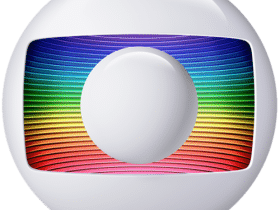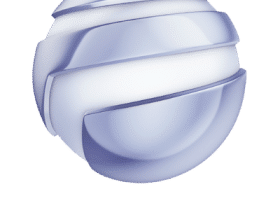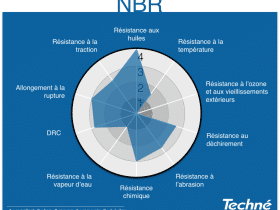 3.19.30.232
3.19.30.232
Watch Do Fundo do Baú Live ( Brazil)
TV Country : Brazil
Watch Do Fundo do Baú on the Website
Do Fundo do Baú Streaming link Here
Do Fundo do Baú IPTV : Not available
TV channel Do Fundo do Baú description :
Do Fundo do Baú is a TV channel that takes viewers on a nostalgic journey through the past, delving into the depths of pop culture history. From classic movies and television shows to iconic music and fashion trends, Do Fundo do Baú brings the best of yesteryear back to life for modern audiences to enjoy. Whether you're a seasoned nostalgia enthusiast or just discovering the magic of the past, this channel is your ticket to a treasure trove of timeless entertainment. Join us as we dive into the depths of the past and uncover the hidden gems that make up our cultural heritage. Welcome to Do Fundo do Baú, where memories never fade.








































































































































































